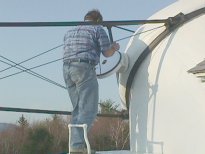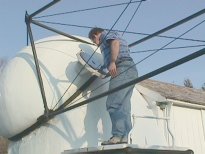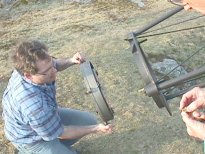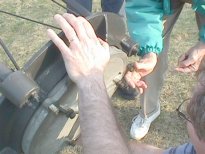

The Porter Turret Telescope:
How It Works
That Darned Telescope!
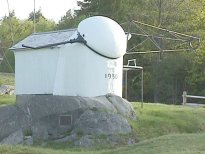
The first thing most people say when seeing the Porter Turret is "what the heck is that thing?" Then, once they figure out it is indeed a telescope, the next thought is "how does it work?"
Now, cultural, geographic, and environmental factors played into the design of the telescope. For one thing, it was built during the depression by skilled machinists who wanted to "do it right the first time." They were also primarily Vermonters, which implies a fierce individualism and independence. Who cared if nothing like this had ever been built before? Lastly, the cold Vermont winters led R. W. Porter to design an observatory where the optics got cold, but the people stayed warm!
The fastest path to understanding the Porter is in realizing that it is simply a Newtonian Reflector, with a few modifications.
The Light Path of the Porter Turret Telescope
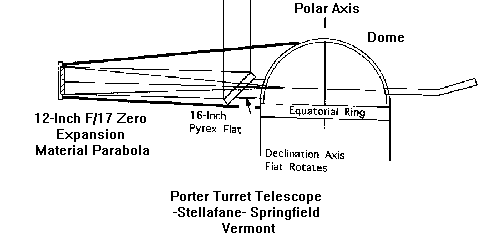
In a normal Newtonian, light enters the tube, is reflected by the parabolic primary mirror to the flat secondary mirror, which redirects the light to the eyepiece. In the Porter, light hits the secondary flat (which rotates through declination), is redirected 90 degrees to the primary (at the end of the boom) and is focused through a central hole in the secondary mirror to the eyepiece, which is inside the dome. The concrete dome is attached to a steel equatorial ring which rests on rollers. The dome rotates in right ascension, and is driven by a motor, speed reduction gear train, and friction roller.
Loading the Optics
The optics are removed and stored inside the telescope building when the telescope is not in use. This sequence of photos shows the optics being loaded in preparation for an evening observing session.
Back to the Early History Page
